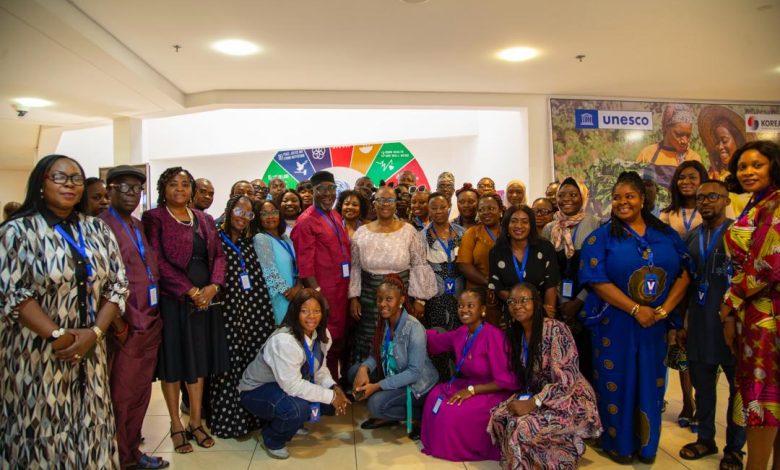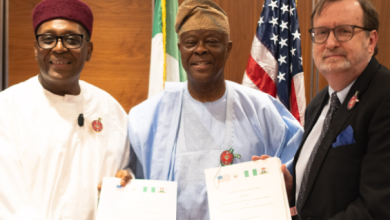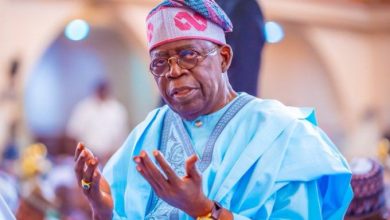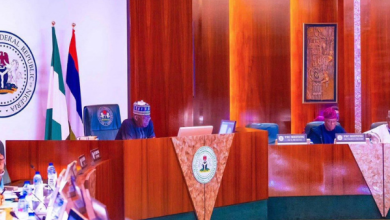Lead
UN women stresses urgent need for greater women’s representation in media

The UN Women has condemned the under-representation of women in the media, emphasising the urgent need for greater female representation.
According to the latest UN-backed Global Media Monitoring Project report, women make up half of the world’s population but receive only 26 per cent of media coverage
The report, the world’s largest study on gender representation in news media, stressed the urgent need for more women’s representation in the media.
“When women are missing, democracy is incomplete,” Kirsi Madi, Assistant Secretary-General and Deputy Executive Director with the UN gender equality agency, UN Women, said, responding to the latest analysis.
Madi emphasised that the underrepresentation and misrepresentation of women in the media needed to be recognised as a key issue, so that democratic standards were not eroded for future generations.
UN assessments showed that in spite of severe restrictions on their rights in many countries, women continued to lead community initiatives, support education, and advocated for social and economic resilience under the most challenging conditions.
“When the media focuses only on women’s victimhood, it erases their leadership and obscures the full reality of their contributions to peace, stability, and social progress,” UN Women said.
The UN global women agency said equally important was the lack of news coverage relating to gender-based violence (GBV).
Instead of challenging stereotypes, news media continued to reinforce skewed narratives such as victim-blaming typecasts, it said.
According to the global Women agency, skewed narratives portray GBV as isolated incidents, silencing survivour voices, and using gendered language and tropes in reports.
“Fewer than two in 100 stories cover the abuse that far too many women experience”, UN Women underscored.
“Not only does severe underreporting on GBV distort reality, it also shapes public perception.
“Nearly four in five news stories focus on politics, the economy, or crime, leaving issues like gender-based violence underreported,” it said.
“Representation is even bleaker for minority women.
“While individuals from racial, ethnic, religious, and other minority groups represent just six per cent of the people featured in news coverage, only 38 per cent of them are women.
“The likelihood that a woman in the news is likely to be from a minority group is less than one in 10.”
Although the path to greater representation remains challenging, the report says digital news offers a clear pathway to increased inclusion.
During the pandemic, the proportion of female online reporters increased from 25 per cent in 2015 to 42 per cent in 2020.
UN Women said Campaigns like the UN’s HeForShe continue to be effective vectors for promoting women’s coverage in the media and challenging stereotypes.
As the UN’s 80th General Assembly approaches, it says the need to reinforce gender parity and gender representation had become even more pressing.
“This is especially considering that over the last 30 years, little to no progress has been made”, UN Women said.
NAN



